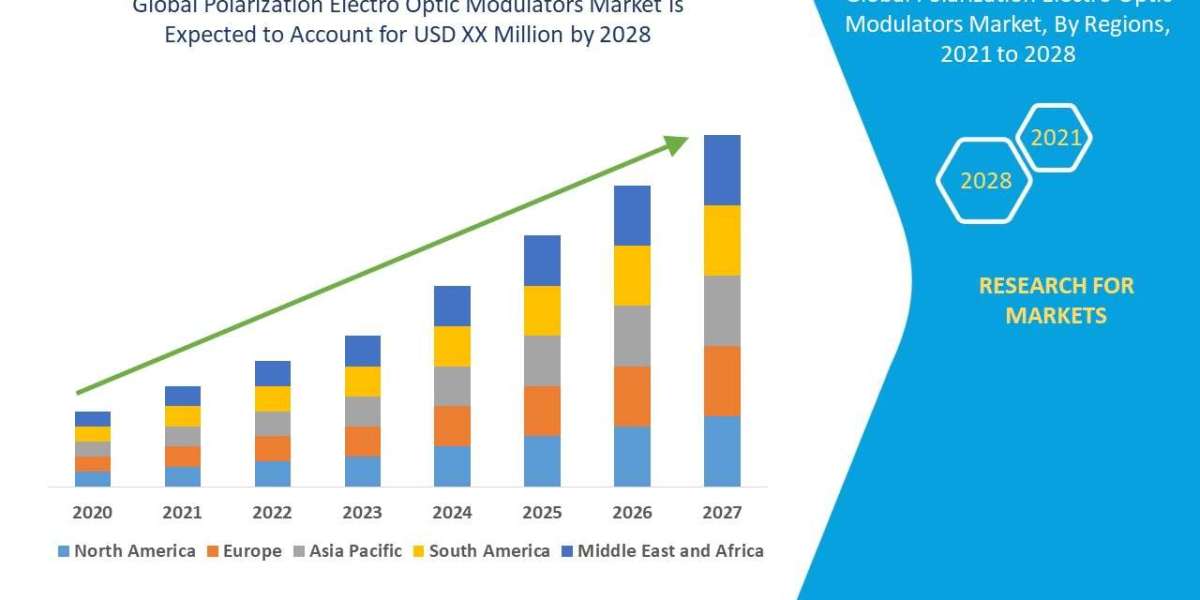In the realm of education, addressing learning gaps is a crucial aspect of improving student performance and ensuring long-term academic success. Learning gaps refer to the differences in knowledge, skills, or abilities between students, which can occur for various reasons. These gaps can significantly impact a student's ability to succeed academically. Understanding the types of learning gaps is essential for educators to devise effective strategies for bridging these gaps and fostering a more equitable learning environment.
What are Learning Gaps?
Learning gaps occur when a student fails to grasp essential concepts or skills that are foundational for their academic progression. These gaps can arise from various causes such as inadequate teaching methods, missed learning opportunities, socio-economic factors, or personal challenges. As students move through their educational journey, they may experience gaps in their understanding of key concepts, which can impede their ability to learn more advanced material.
Learning gaps can manifest in many different ways. Some students may struggle with specific subject areas, while others may face challenges in applying knowledge to real-world situations. Recognizing these gaps early allows educators to intervene and provide the necessary support to students to help them catch up.
Types of Learning Gaps
Understanding the different types of learning gaps is important in addressing the underlying causes of academic struggles. Below are the main types of learning gaps that educators and parents should be aware of:
1. Content Gaps
Content gaps are among the most common types of learning gaps. These gaps arise when students have not mastered certain concepts or skills within a particular subject. For example, a student who struggles with basic math operations may have difficulty understanding more advanced topics such as algebra. Identifying content gaps early on allows teachers to focus on the areas where students are falling behind and provide targeted instruction to close these gaps.
2. Skills Gaps
While content gaps focus on missing knowledge, skills gaps refer to the inability to apply that knowledge effectively. For instance, a student may understand mathematical concepts but struggle with applying them to solve problems or perform calculations accurately. Skills gaps can also include challenges in critical thinking, problem-solving, and collaboration—skills that are necessary for success in higher education and the workforce.
3. Conceptual Gaps
Conceptual gaps occur when students fail to understand the broader concepts or frameworks that link pieces of knowledge together. These gaps are particularly common in subjects such as science and history, where students need to understand overarching ideas before diving into specific details. Without a clear understanding of these concepts, students may struggle to make connections between different pieces of information, leading to confusion and poor academic performance.
4. Cognitive Gaps
Cognitive gaps are related to a student's ability to process and understand information. These gaps can be caused by a variety of factors, such as attention difficulties, learning disabilities, or a lack of cognitive readiness for certain topics. Addressing cognitive gaps often requires specialized interventions, such as differentiated instruction or cognitive training, to help students develop the necessary mental tools to process and retain information effectively.
Addressing Learning Gaps
The key to overcoming learning gaps is early identification and intervention. Educators should regularly assess students' progress to identify gaps in their learning. Once these gaps are identified, teachers can use targeted instructional strategies such as differentiated learning, remediation, and personalized support to address the specific needs of each student. Collaborative learning environments, where students help each other fill in their gaps, can also be an effective approach.
Parents also play an essential role in supporting their children in overcoming learning gaps. By creating a supportive and nurturing environment at home, parents can help reinforce the learning taking place in the classroom.
Conclusion
In summary, understanding learning gaps and their various types is crucial for addressing the academic struggles that students face. By identifying and addressing learning gaps early on, educators and parents can ensure that students are given the tools and support they need to succeed. Whether it is content gaps, skills gaps, or cognitive challenges, addressing these issues can help students build a strong foundation for future academic and personal success.








